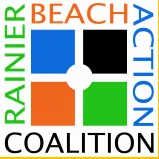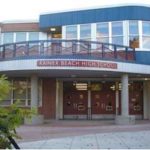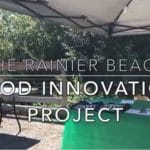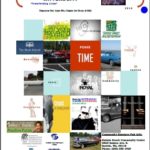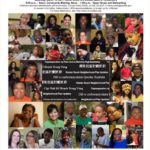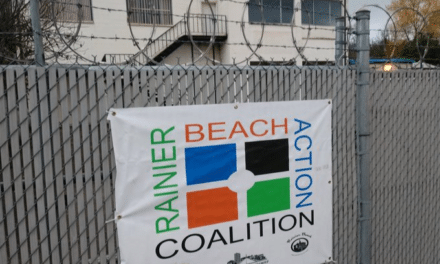We’ve been hard at work over the past year and we have some important updates to share.
We did a lot of planning, a lot of listening, and learning. We did a lot of research and benefited from additional studies and assessments about our local Food System from the County. It has taken many people, residents, partners, farmers, and other experts and stakeholders to get to this point, but thanks to all of them, we feel good about the outcome and are excited about the prospects!
We’re now moving to Phase 1, something we coined the “RBAC Growth Center”, which consists in rehabilitating and activating the 2-story commercial building across from the Rainier Beach light rail station. We’re hoping for construction to start in the summer and to move in by the end of the year, although this is still contingent on so many factors (permits, cost, supply chain shortages!). The RBAC “Mod Squad” for Modifications Squad is diligently meeting every week so that young adults and older ones not only contribute to the process but experience first-hand what it takes for a neighborhood group to develop a community-led project.
Then, we’ll continue to Phase 2, the Interim Phase, before reaching the third and final phase and the actual development and construction of the Food Innovation Center, which this report provides history, context, and recommendations for:
The Interim period will last approximately 3 years and enable us to do 2 critical things:
- Invite residents into the space and collect feedback towards our long-term goals.
- Test out and explore our proposed model so we can both learn how to operate and train the teams before we transition to a fully-fledged Food Innovation Center.
There is still a lot of work to be done and many ways for all to get involved. This milestone is an opportunity to provide feedback on our recommendations and to get engaged in the project. While financial contributions will be essential to see this project come to life, we will rely on all individual and partnership investments (volunteer, time, expertise, experience). So don’t hesitate to let us know how we’re doing.
And as we prepare the ground for the next steps leading to Phase 3, we will continue to reach out to our Black, Indigenous and People of Color allies to help us identify a partner developer/operator as well as a contractor that represent who we are and make sure that, at every level, our communities can benefit from this project.
